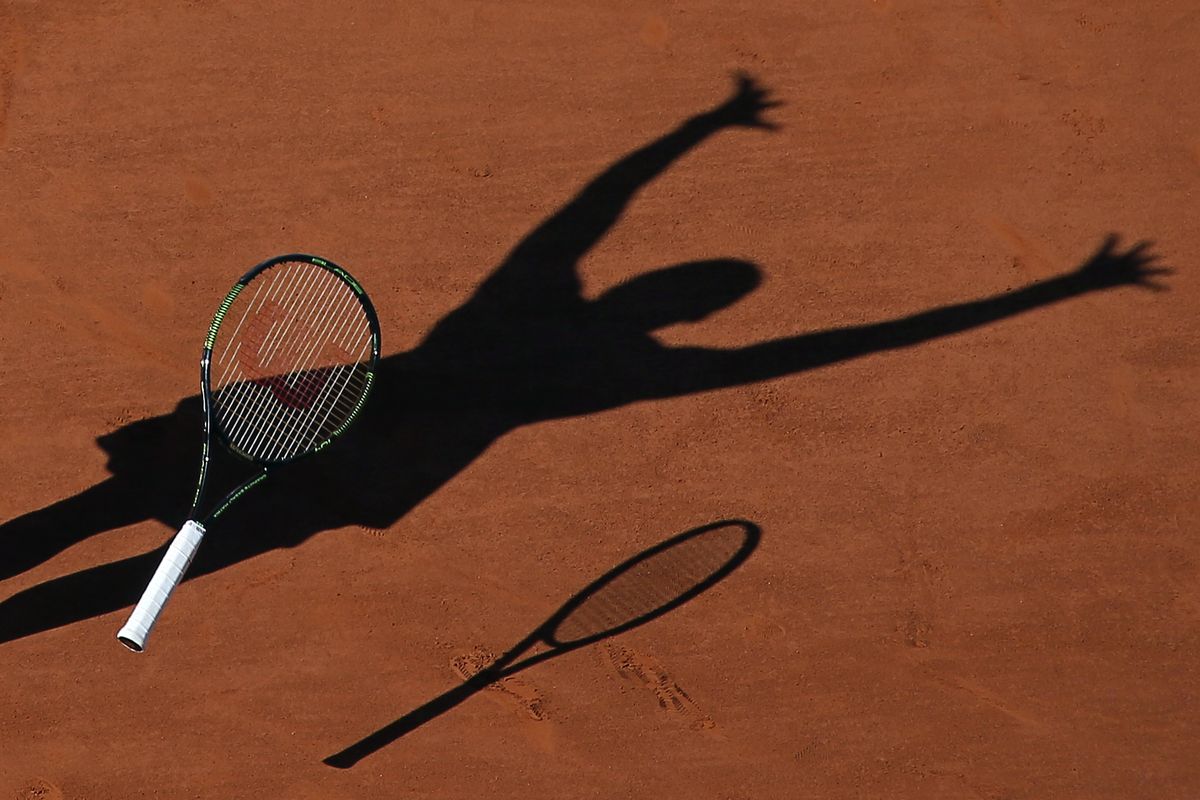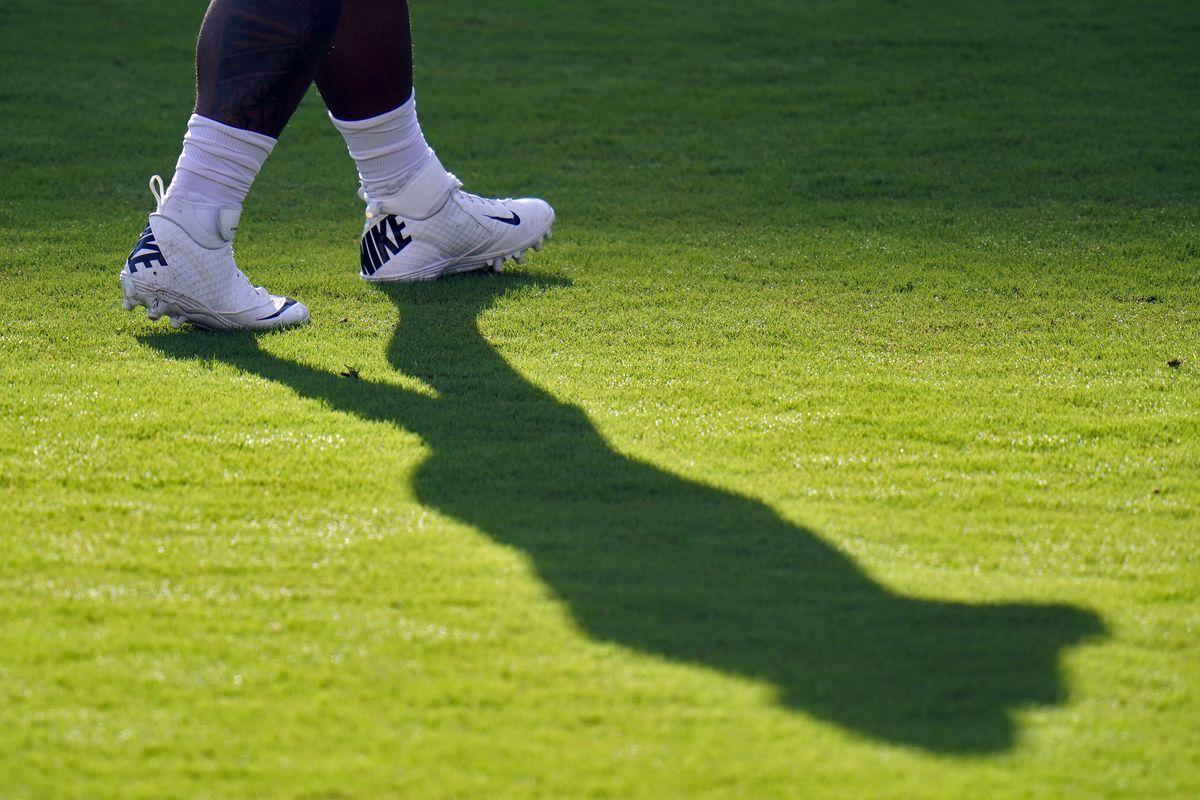Ask Dr. Universe: Can a shadow make a shadow?
Serena Williams casts a shadow on the clay as she drops her racket while celebrating winning the final of the French Open on June 6, 2015. (David Vincent)
Dr. Universe: Can a shadow make a shadow? – Aven, 7, Palouse
Dear Aven,
When we look around our world, we can find all kinds of shadows. One way we can explore the answer to your shadow question is with a little experiment.
My friend Anya Rasmussen, a physics professor at Washington State University, told me all about it.
First, you will need to cast your shadow on a wall. Rasmussen reminded me shadows form when an object – such as your body – blocks light and keeps the rays from reaching a surface – like a wall.
To see how this works, you can ask a grown-up or friend to shine a flashlight or a lamp behind you and onto the wall.
You can also take some time to see how the shape and length of your shadow change as you move closer or farther from the wall.
“If you want to see if your shadow casts shadows, now shine a light on your shadow,” Rasmussen said.
Point another flashlight at the shadow, then take a few moments to observe what happens. Alright, it’s almost time to reveal the answer, so if you want to experiment, come back and finish reading this after you try it out.
If you have continued reading, here is a spoiler alert: A shadow can’t make a shadow. Unlike you and me, a shadow cannot reflect or absorb light. It can’t block rays of light and keep that light from reaching a surface.
While you’ve got your flashlight out, there are a few other ways you can play with light and shadows, Rasmussen said.
Perhaps you’ve noticed that sometimes two shadows will come from one object. If you have two flashlights or two light sources, you could try to create multiple shadows by shining the light on an object from two different angles.
Maybe you can even see what happens when you use three flashlights.
If you are anything like me, you might also be surprised to learn not all shadows are black. Rasmussen said that if we experimented with red, blue and green lightbulbs, we could make shadows in different colors.
We can make small shadows or big shadows. Even our enormous Earth makes a shadow. As the moon passes through Earth’s shadow, it creates a lunar eclipse.
Light and shadows are not only an important part of understanding physics, but they are also a big part of creating art and telling stories, Rasmussen said.
When we look at paintings from impressionist artists like Claude Monet and Edouard Manet, we can see how they paid a lot of attention to these two important elements. After all, shadows and light go hand in hand.
After you’ve finished experimenting, see how many shadows you can spot around your home or around the neighborhood. Perhaps you can even sketch a few different shadowy shapes on a piece of paper.
Who knows, maybe one day you’ll be a scientist or an artist – maybe you’ll even be both. You are well on your way.
Sincerely,
Dr. Universe
Ask Dr. Universe is a project from Washington State University. Submit a question at askdruniverse@wsu.edu.

